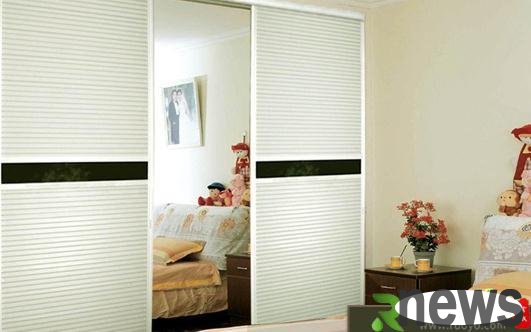Things to note when dyeing wool in low temperature
Low temperature dyeing refers to a dyeing process where the dyeing temperature is lower than the conventional temperature. The dyeing temperature of the wool drops from conventional 100C to 85C, and the composition of the dye solution needs to be changed. The addition of urea will help the diffusion and permeation of the dye. Low-temperature dyeing of silk requires the addition of additives that can puff the fibers. The dyeing temperature is around 80℃, and direct dyes or weak acid dyes can complete the dyeing process. The advantage of low-temperature dyeing is that it does not damage the fibers and avoids abrasions caused by the high dyeing temperature on the fabric surface.
Commonly used dyes for wool dyeing include acid dyes (including strong acid dyes and weak acid dyes), acidic vehicle dyes, 1:2 metallic dyes, hair-based reactive dyes, Lanna Radiant dyes, etc. Different dyes have different chemical structures and chemical properties, and the reactivity of dyes with wool and dyeing additives is different, so the dyeing speed and dyeing amount are different, and the diffusion properties of dyes within the wool fibers are also different. Therefore, the key point of low-temperature dyeing is dye adaptability. At present, low-temperature dyeing has been carried out at home and abroad, but only 3 dyes have been used, which is worth noting.
Even dyeing, color fastness, and thorough dyeing rate are the most important dyeing properties. Low-temperature dyeing is to increase the low-temperature dyeing speed of dyeing, but it is not good for uniform dyeing, so low-temperature dyeing should be paid attention to uniform dyeing. In various low-temperature staining studies at home and abroad, except for a few that pay attention to uniform dyeing, most low-temperature staining ignore this problem. The color fastness of low-temperature dyeing includes sun exposure, washing, sweat stains, friction, etc. In the study, it is necessary to consider testing a variety of color fastness, color reproduction and change in fiber permeation, both of which are related to the dye used and the dyeing temperature. Therefore, the dyeing characteristics of dyes in a series of temperatures need to be evaluated from the perspectives of color reproduction and finishing dyeing. The dye information for wool provided earlier is based on boiling dyeing, and dyeing at other temperatures is debatable.






